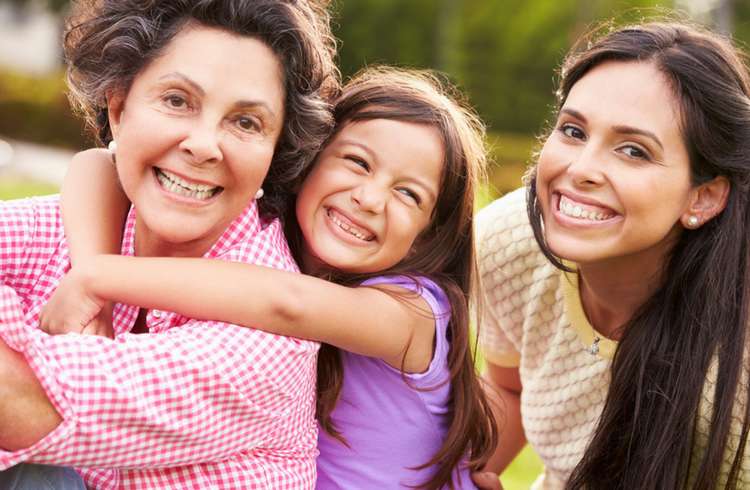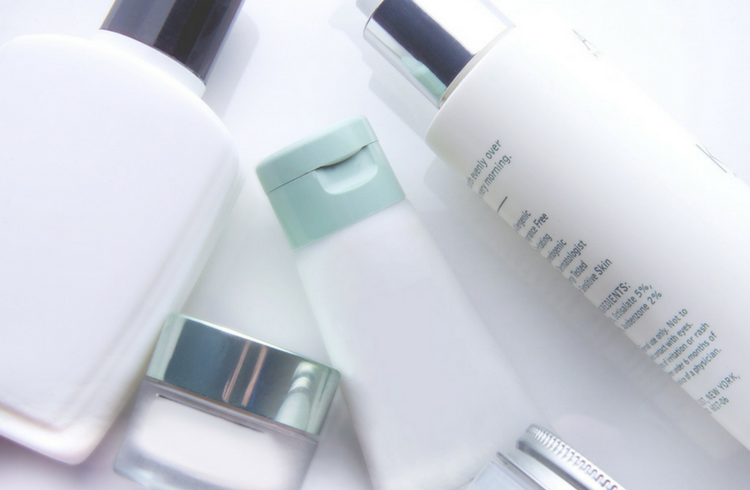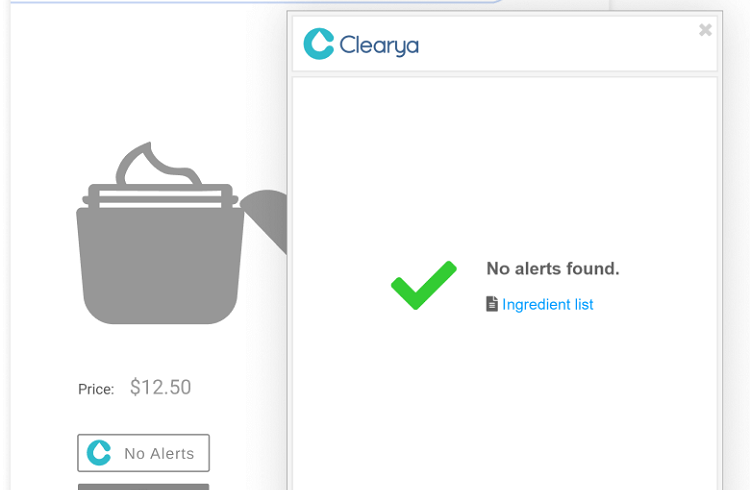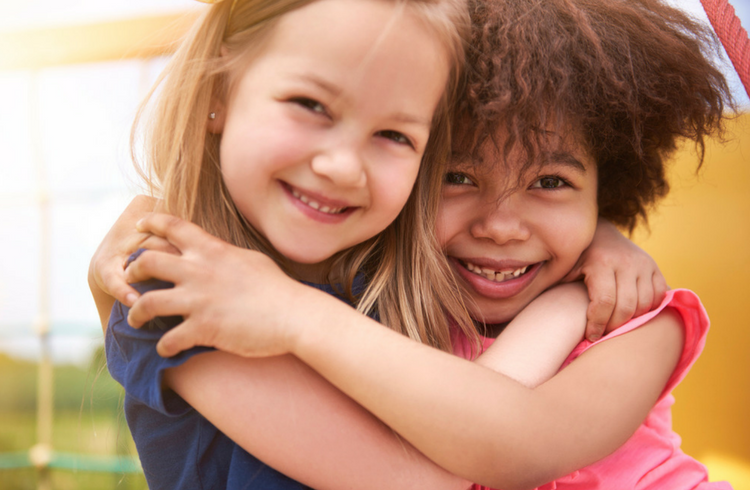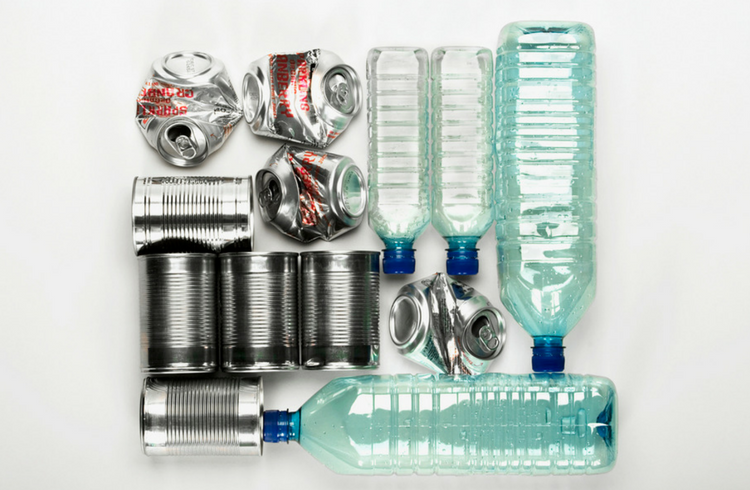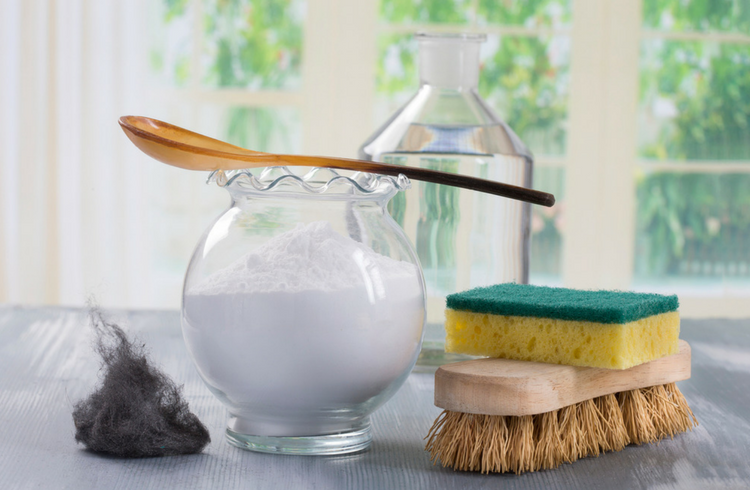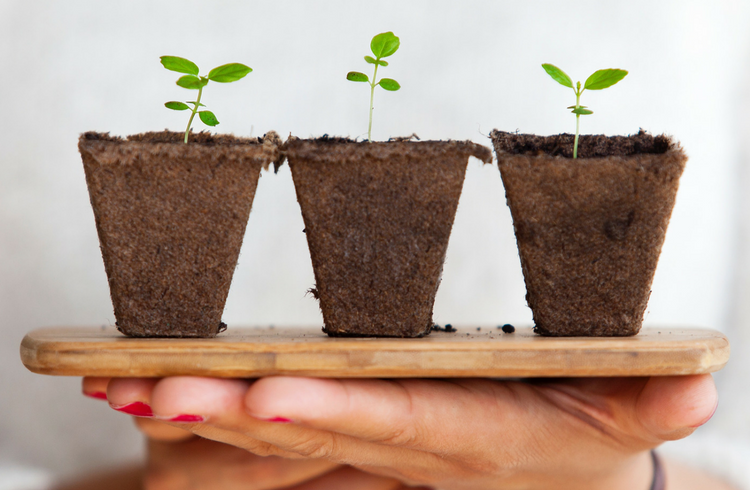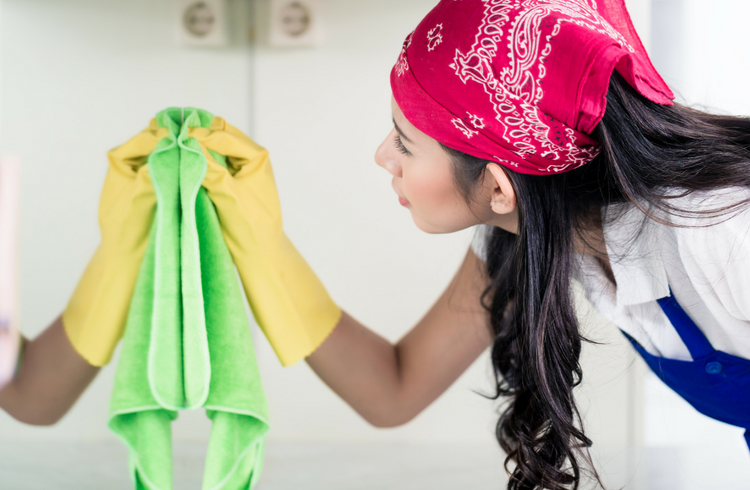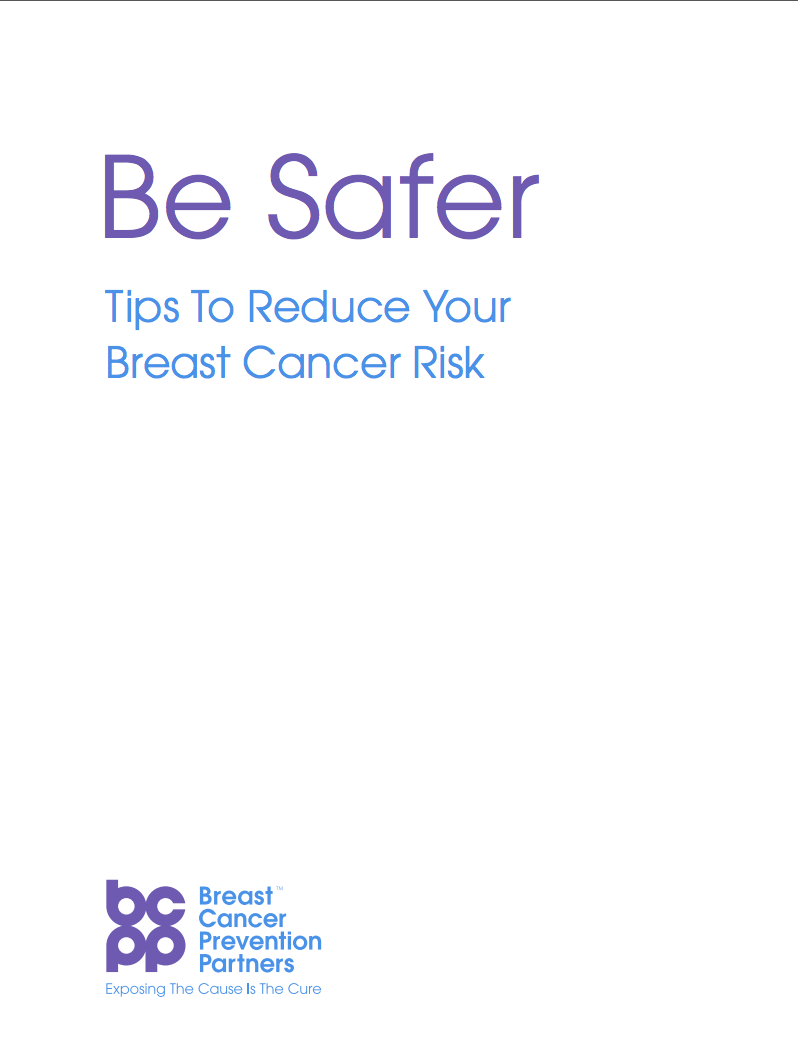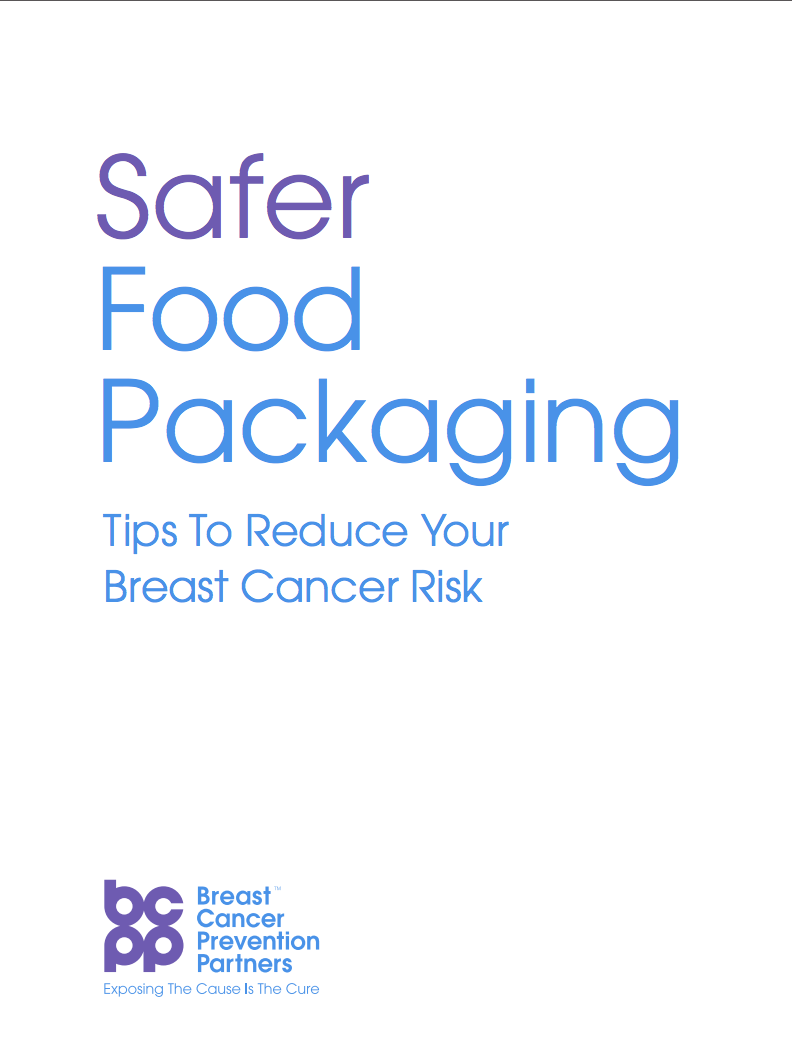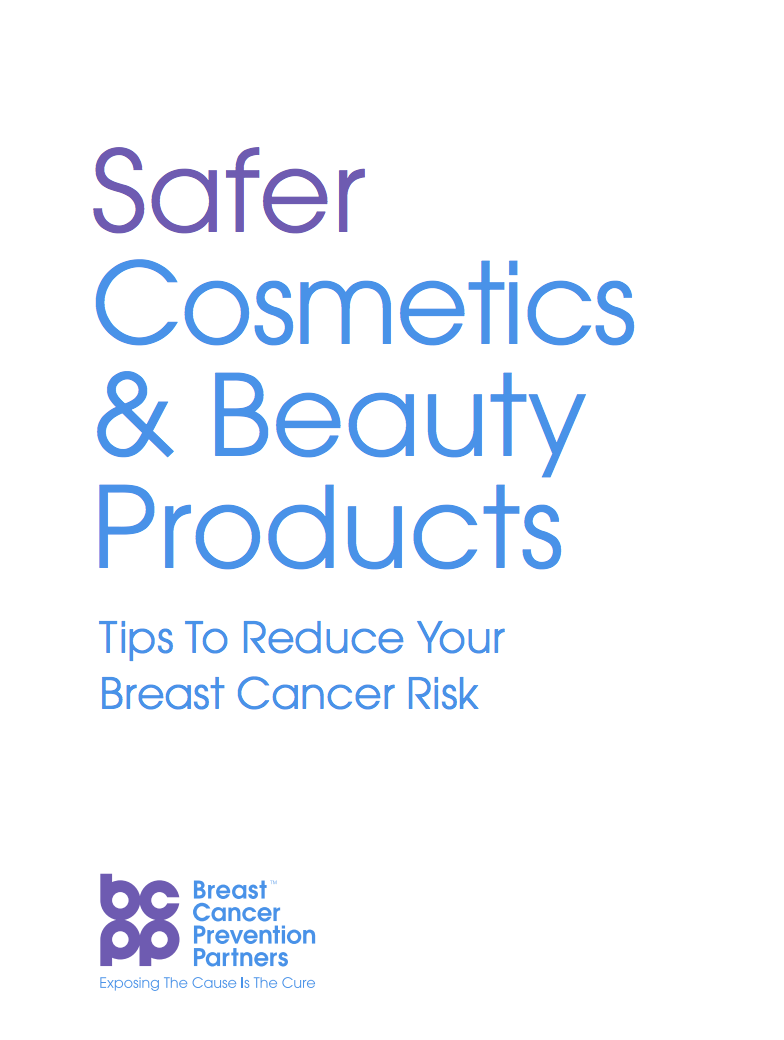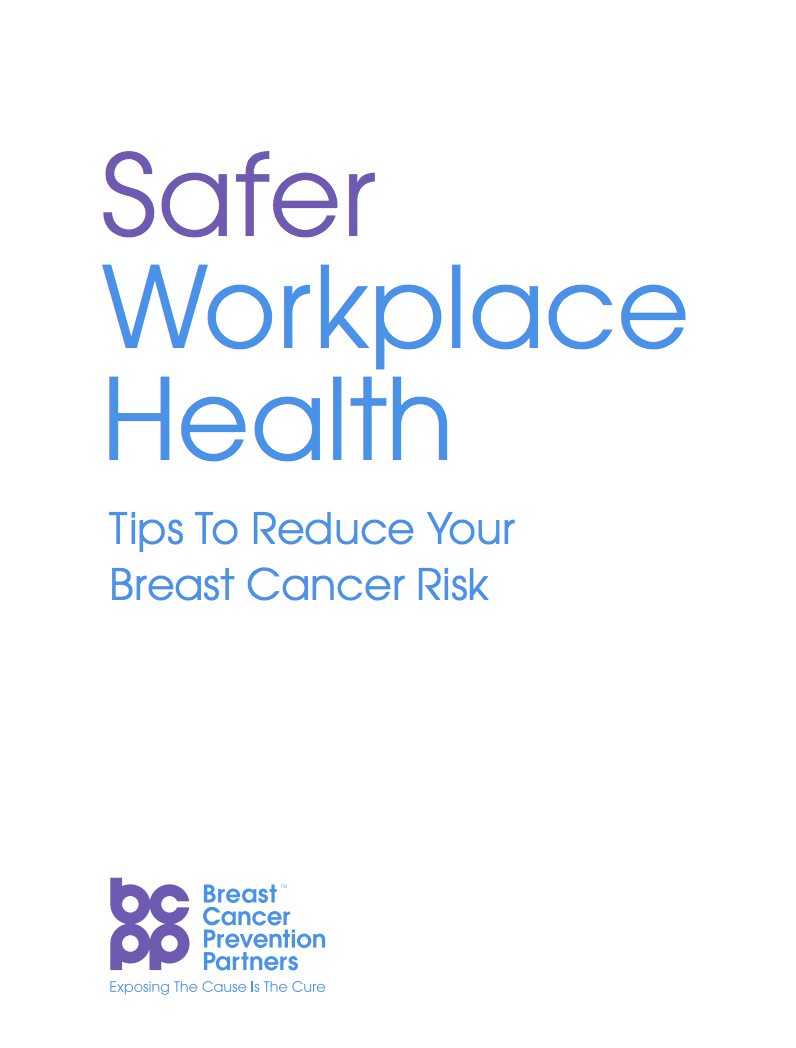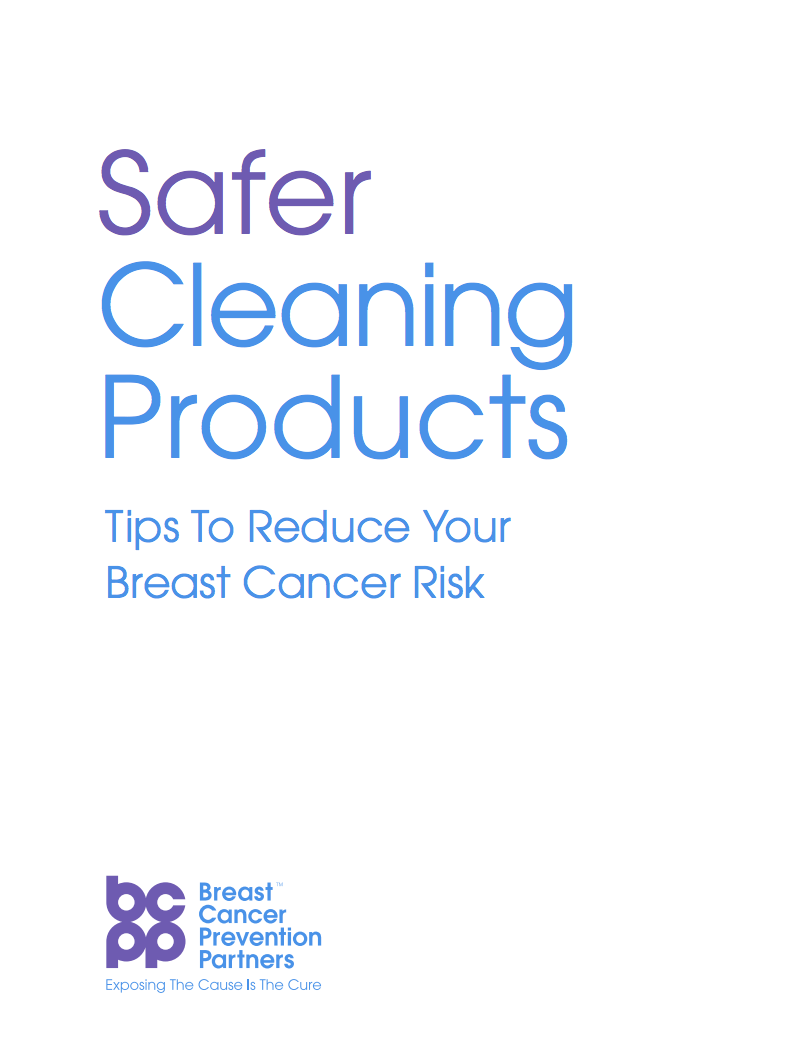Tips for Prevention
Living with Breast Cancer
Personal Care Products
Shopping
Shopping safer products is a breeze with this tool.
Kids and Family
Food Packaging
Cleaning Products
Every Day Earth Tips
Workplace Health
Top Tips
What can be done to reduce your risk of breast cancer? Awareness and adoption of our tips can help redefine your daily routine and help you reduce your risk for the disease. We’ll help you identify some known and suspected breast cancer risk factors, and give you tips on how you can make simple changes to protect your health.
Read ingredient labels
It is perfectly legal for companies to use ingredients linked to cancer, endocrine disruption, and reproductive harm in personal care products, cosmetics, cleaning products and food packaging. Check our Glossary of Exposures and our Campaign for Safe Cosmetics’ Chemicals of Concern for toxic ingredients to avoid. You can also use an app or web browser extension like Clearya, Think Dirty, or Skin Deep to help identify harmful ingredients in products as you shop.
Avoid products with the words “fragrance” or “flavors” on the ingredients label
Product labels that list “fragrance,” “parfum,” or “flavors” may contain a cocktail of dozens of potentially harmful chemicals. Choose personal care products, cleaning products, air fresheners, and candles that list all fragrance and flavor ingredients. Shop with companies that do list all fragrance and flavor ingredients – check the company website for their ingredient disclosure policy.
Wash your hands
Washing your hands kills germs and reduces exposures to unsafe chemicals. Many chemicals from everyday products end up in household and workplace dust. Hand washing reduces dust on the hands, and as a result reduces exposures to chemicals, like flame retardants. Make sure to use hand soap free of harmful chemicals.
Go fresh, organic, and hormone-free
Choose fresh, organic and hormone-free foods in order to avoid exposure to pesticides, added hormones, and other possible toxic chemicals in packaged foods. Buying products grown organically reduces pesticide use, which is good for families, farm workers, and the environment. Plus, eating fresh (or frozen) foods helps you to avoid chemicals in food packaging like BPA, PFAS “forever chemicals,” and phthalates.
Don’t be brainwashed, greenwashed or pinkwashed
Companies use savvy marketing to sell products, so don’t let false claims trick you into buying products with harmful ingredients. Watch out for products designed to look like they are good for the environment or natural. This is called green washing — words like “natural” and “non-toxic” have little, if any, meaning without ingredient labels to back them up. Be wary of products boasting a pink ribbon, too; many pinkwashed products contain chemicals linked to cancer, and often do little to prevent or reduce breast cancer.
Take action to protect everyone
Let’s change the system to make the healthy choice the easy choice for everyone. Together, we can change laws to remove toxic exposures linked to breast cancer from our environment and hold corporations responsible for the safety of the chemicals in their products. Take action to prevent breast cancer.

